Image of 1939 Studebaker Champion, sourced from auto.howstuffworks.com , Image Link.
Performance Metrics
Fundamental Metrics
Emotional Appeal
MMP Rating
| Engine Specifications | |
|---|---|
| Engine: | Inline 6 |
| Displacement: | 164.3 cu in (2.7 L) |
| Horsepower: | Estimated 78-80 hp |
| Torque: | Information not available |
| Compression Ratio: | Information not available |
| Ignition System: | Distributor and coil |
| Cooling System: | Liquid-cooled |
| Performance Specifications | |
| 0-60 Time: | Information not available |
| 1/4 Mile Time: | Information not available |
| Top Speed: | 75 mph |
| Transmission and Drive | |
| Drive Type: | Rear-wheel drive |
| Transmission Type: | 3-speed manual |
| Fuel and Efficiency | |
| Fuel System Type: | Carburetor |
| MPG: | Information not available |
| Dimensions and Brakes | |
| Brakes: | Drum brakes |
| Wheelbase: | 110 in (2,794 mm) |
| Weight: | 2,570 lbs (1,166 kg) |
Note: Specifications for classic cars are given to the best of our ability, considering the limited and variant data available.
1939 Studebaker Champion: A Pioneering Force in Automotive History
The 1939 Studebaker Champion stands as a testament to innovation during an era of great industrial transformation. Born from the creative minds at the Studebaker Corporation in South Bend, Indiana, this vehicle emerged as a beacon of American automotive engineering. At a time when the world was on the brink of monumental change, the Champion carved its niche as a reliable and stylish automobile that would leave an indelible mark on the industry.
A notable moment in the vehicle's history is its role during World War II, when Studebaker modified its production lines to support the war effort, making the pre-war Champions all the more significant as symbols of peacetime ingenuity.
Design and Innovation
The exterior styling of the 1939 Studebaker Champion was a harmonious blend of form and function. Its streamlined body and pronounced fenders exuded an air of elegance and modernity. The Champion's design was a departure from the ornate and bulky cars of the previous decade, reflecting a new era of automotive aesthetics.
Inside, owners were treated to an interior that prioritized comfort without sacrificing style. The use of high-quality fabrics and materials was evident throughout the cabin, from the plush seating to the well-appointed dashboard. Technologically, it boasted features like an advanced suspension system for its time, which contributed to a smoother ride.
Color options for the Champion ranged from subtle hues to more vibrant tones, with popular choices including Gull Gray and Rio Brown. The most iconic body style was arguably the two-door sedan, which captured the essence of 1930s automotive design.
Historical Significance
The 1939 Studebaker Champion's impact on automotive design was profound. It was one of the first cars designed using a wind tunnel, leading to improved aerodynamics that influenced future vehicle designs. Its lightweight construction and focus on fuel efficiency set it apart from its contemporaries and paved the way for similar approaches in car manufacturing.
Performance and Handling
Performance-wise, the Champion's inline-six engine delivered modest power but exceptional reliability. While top speed and acceleration figures might not impress by today's standards, for its time, it offered competitive performance with a top speed around 75 mph. On various driving conditions, from city streets to country roads, drivers appreciated its sure-footed handling and responsive steering.
The driving experience was characterized by a sense of connection with the road through tactile feedback from the steering wheel and pedals. The hum of its engine provided an auditory backdrop that spoke of simpler times.
Ownership Experience
As a daily driver, show car, or even occasional racer in vintage events, owning a 1939 Studebaker Champion could be immensely rewarding. Maintenance was straightforward by modern standards, making it accessible for enthusiasts to keep their Champions running smoothly.
Fun Facts
A fun fact about this classic is that despite its pre-war production date, it became popular among hot-rodders post-war who appreciated its build quality and potential for customization. Although not known for breaking speed records, it held records of another kind – affordability and economy during tough economic times.
Critics often pointed out its lackluster acceleration compared to some rivals; however, this was largely overshadowed by its overall dependability and cost-effectiveness.
Collector's Information
Today, collectors cherish the 1939 Studebaker Champion for its historical significance and charm. While exact production numbers are hard to pinpoint, estimates suggest that tens of thousands were produced before wartime production shifts. As for value range, well-preserved examples can fetch anywhere from $10,000 to $30,000 or more depending on condition and originality.
The market trends show appreciation for well-maintained or restored Champions as they become rarer finds in collector circles.
Conclusion
In retrospect, the 1939 Studebaker Champion is much more than just a vintage car; it is a piece of American history that reflects both technological progress and timeless design. Its legacy endures in every polished chrome detail and every turn of its enduring engine – truly a champion among classics.
1939 Studebaker Champion Catalog of Parts
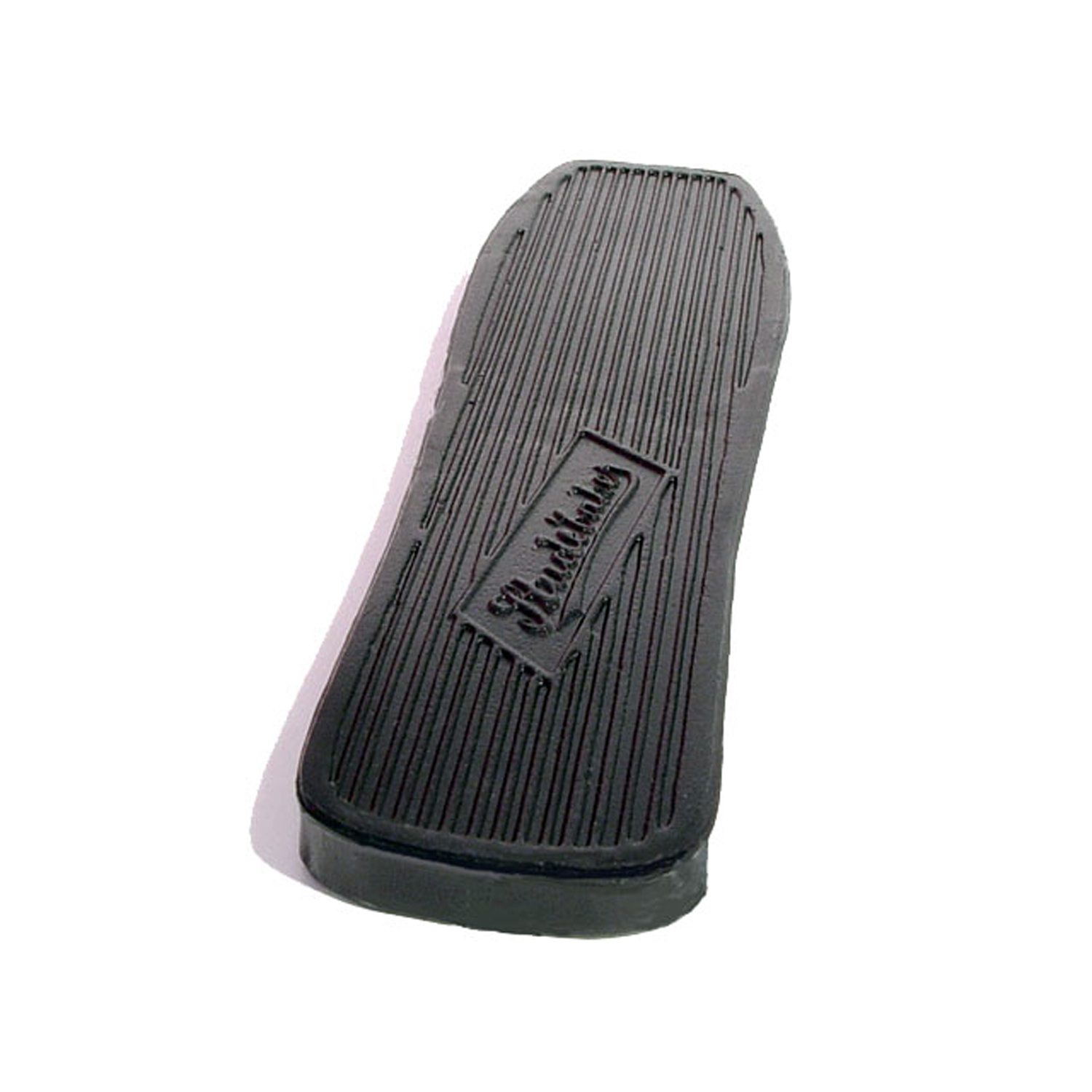 1939 Studebaker Champion Accelerator Pedal Pad, 2-3/8" X 9", Each-AP 22Accelerator Pedal Pad, 2-3/8" X 9", Each
1939 Studebaker Champion Accelerator Pedal Pad, 2-3/8" X 9", Each-AP 22Accelerator Pedal Pad, 2-3/8" X 9", Each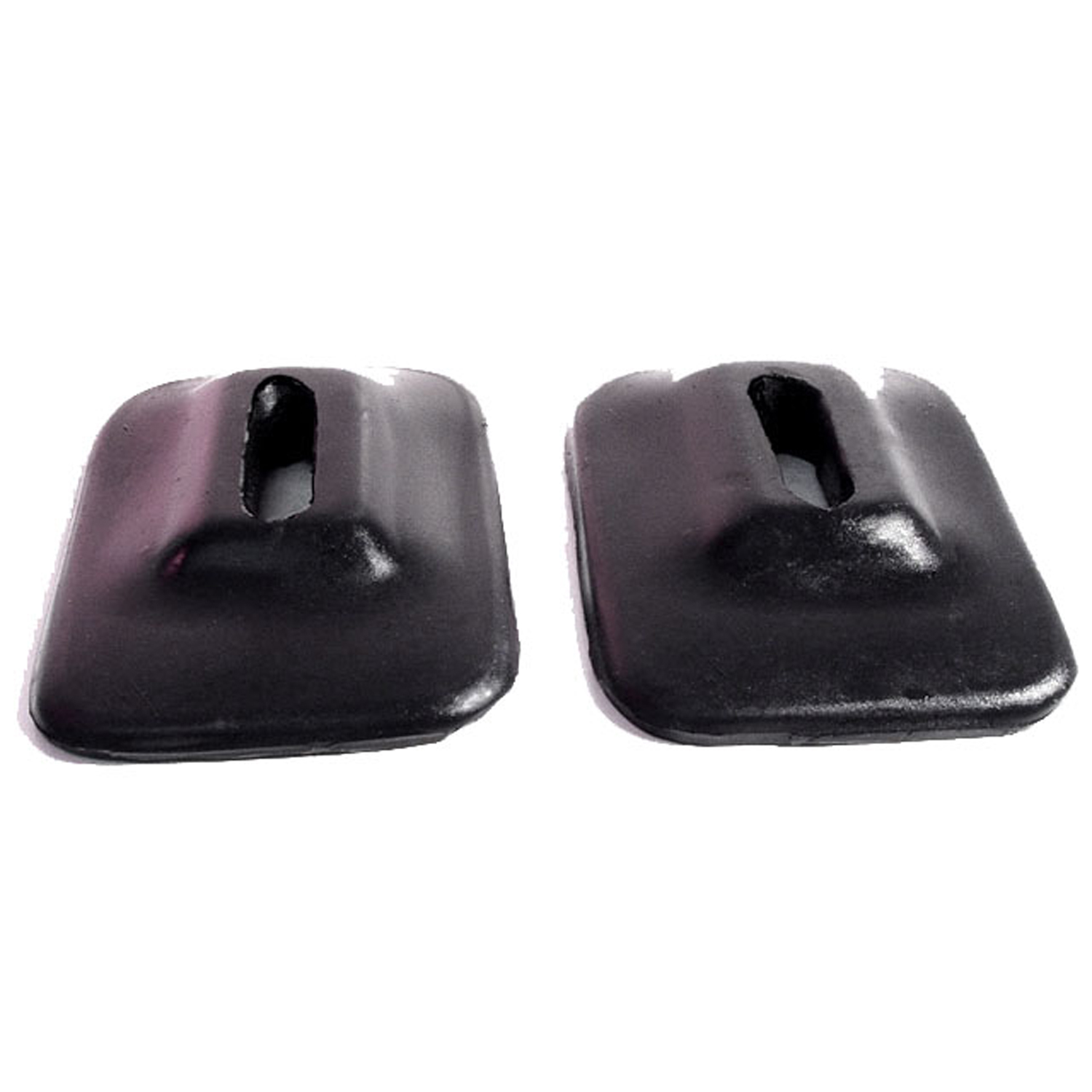 1939 Studebaker Champion Front and Rear Bumper Arm Grommets-BG 45Front and Rear Bumper Arm Grommets. 2-3/4" wide X 4-1/8" long, with 1-5/8" long inner slot. Pair
1939 Studebaker Champion Front and Rear Bumper Arm Grommets-BG 45Front and Rear Bumper Arm Grommets. 2-3/4" wide X 4-1/8" long, with 1-5/8" long inner slot. Pair 1939 Studebaker Champion Gas Filler Grommet. 1-3/4" I.D., 4" oblong length. Each-GF 6Gas Filler Grommet. 1-3/4" I.D., 4" oblong length. Each
1939 Studebaker Champion Gas Filler Grommet. 1-3/4" I.D., 4" oblong length. Each-GF 6Gas Filler Grommet. 1-3/4" I.D., 4" oblong length. Each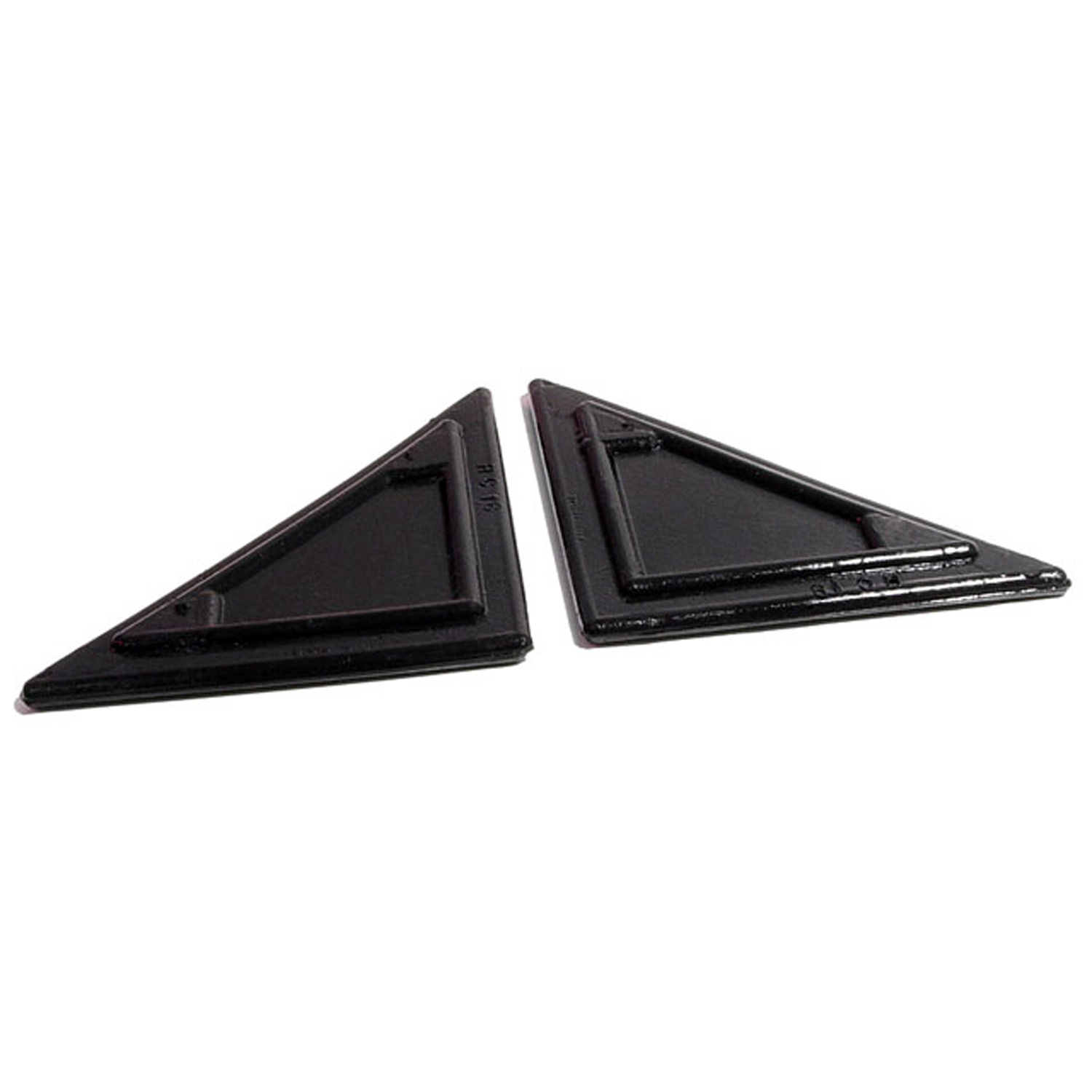 1939 Studebaker Champion Hood Corners. Original design. 2-3/4" wide. Pair-HC 18Hood Corners. Original design. 2-3/4" wide. Pair
1939 Studebaker Champion Hood Corners. Original design. 2-3/4" wide. Pair-HC 18Hood Corners. Original design. 2-3/4" wide. Pair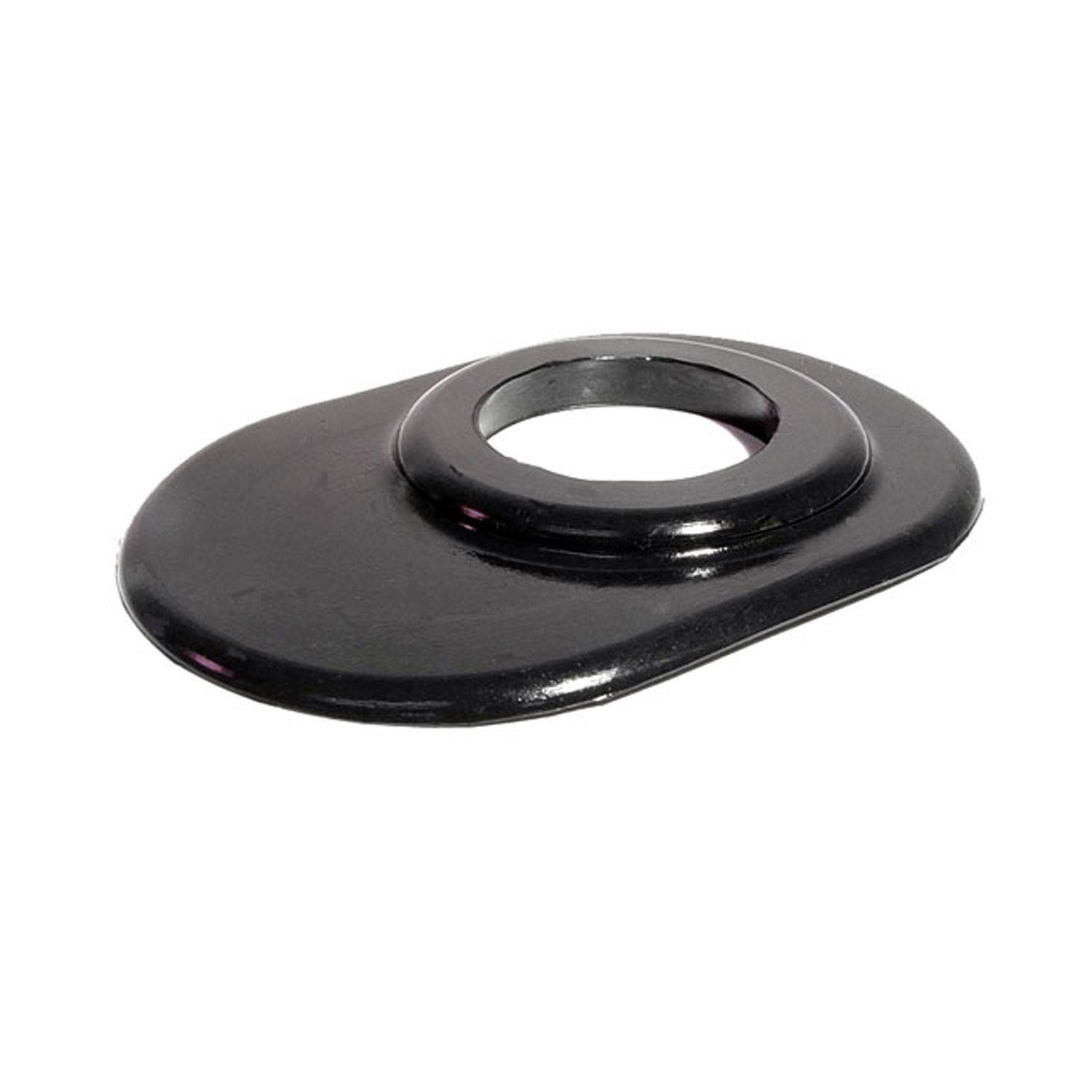 1939 Studebaker Champion Steering Column Grommet. For 4-speed models. Each-SC 24Steering Column Grommet. For 4-speed models. Each
1939 Studebaker Champion Steering Column Grommet. For 4-speed models. Each-SC 24Steering Column Grommet. For 4-speed models. Each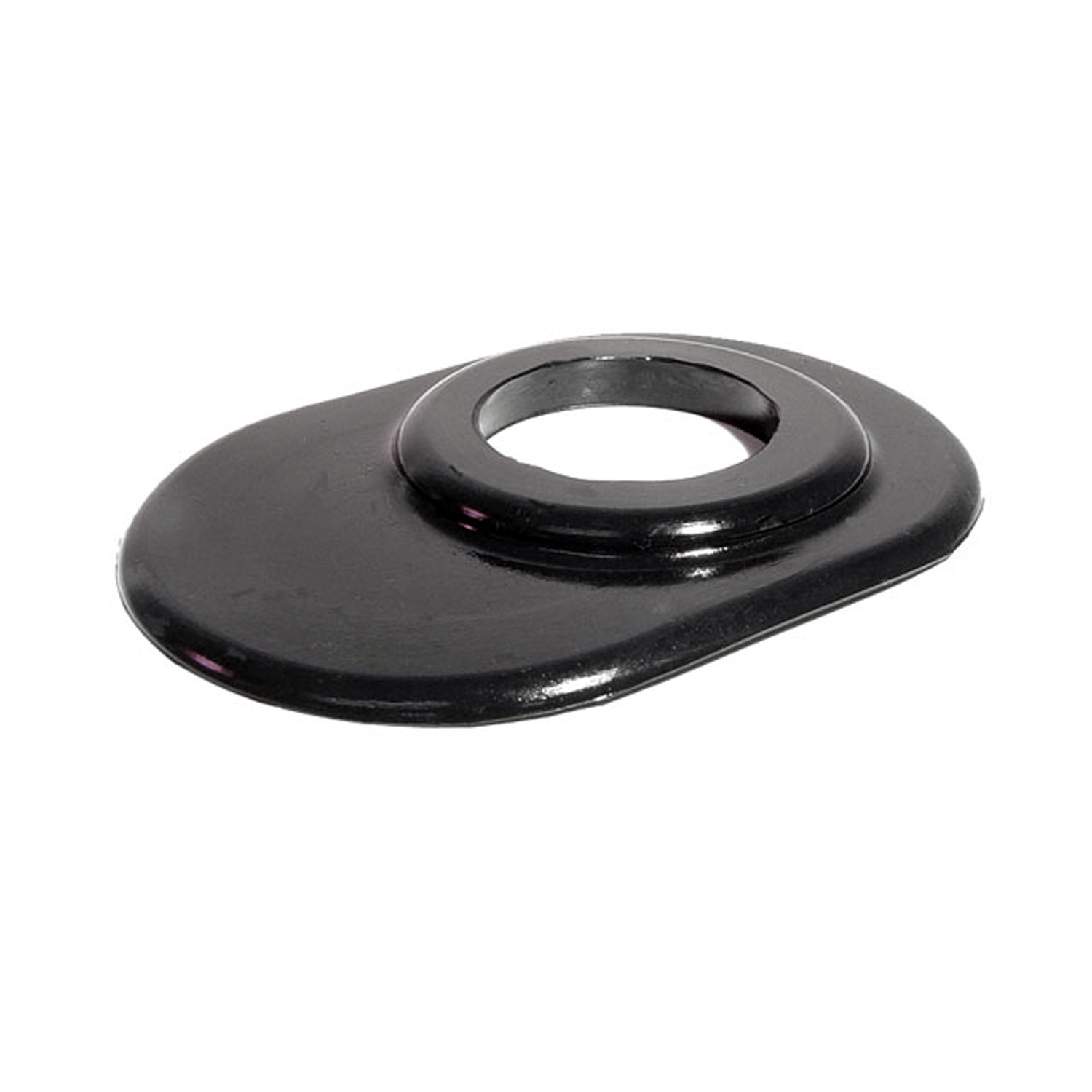 1939 Studebaker Champion Steering Column Grommet. For 3-speed models. Each-SC 24-ASteering Column Grommet. For 3-speed models. Each
1939 Studebaker Champion Steering Column Grommet. For 3-speed models. Each-SC 24-ASteering Column Grommet. For 3-speed models. Each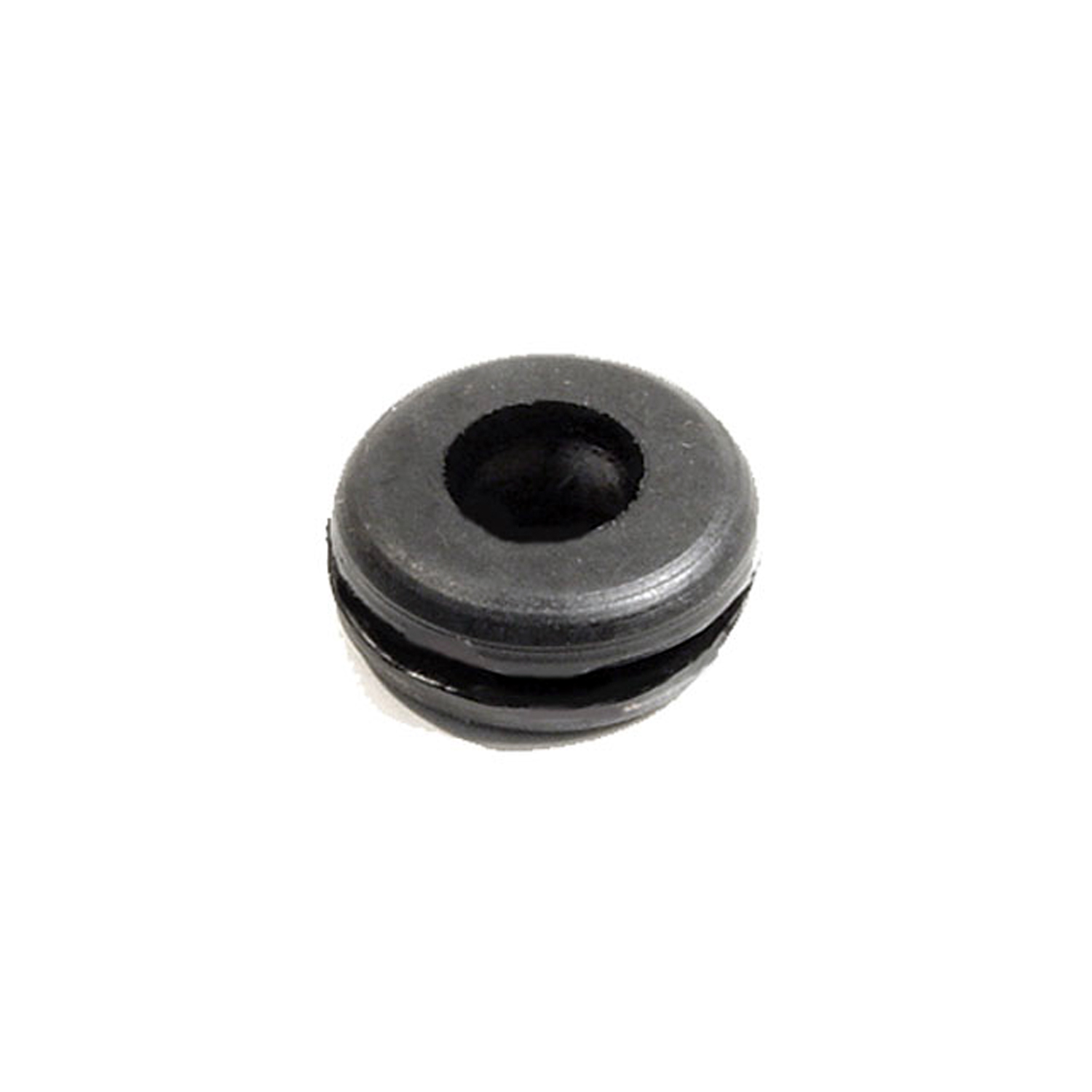 1939 Studebaker Champion Headlight & Tail-Light Wire Grommet. 3/8" I.D., 7/8" O.D-SM 13-AHeadlight & Tail-Light Wire Grommet. 3/8" I.D., 7/8" O.D. Each
1939 Studebaker Champion Headlight & Tail-Light Wire Grommet. 3/8" I.D., 7/8" O.D-SM 13-AHeadlight & Tail-Light Wire Grommet. 3/8" I.D., 7/8" O.D. Each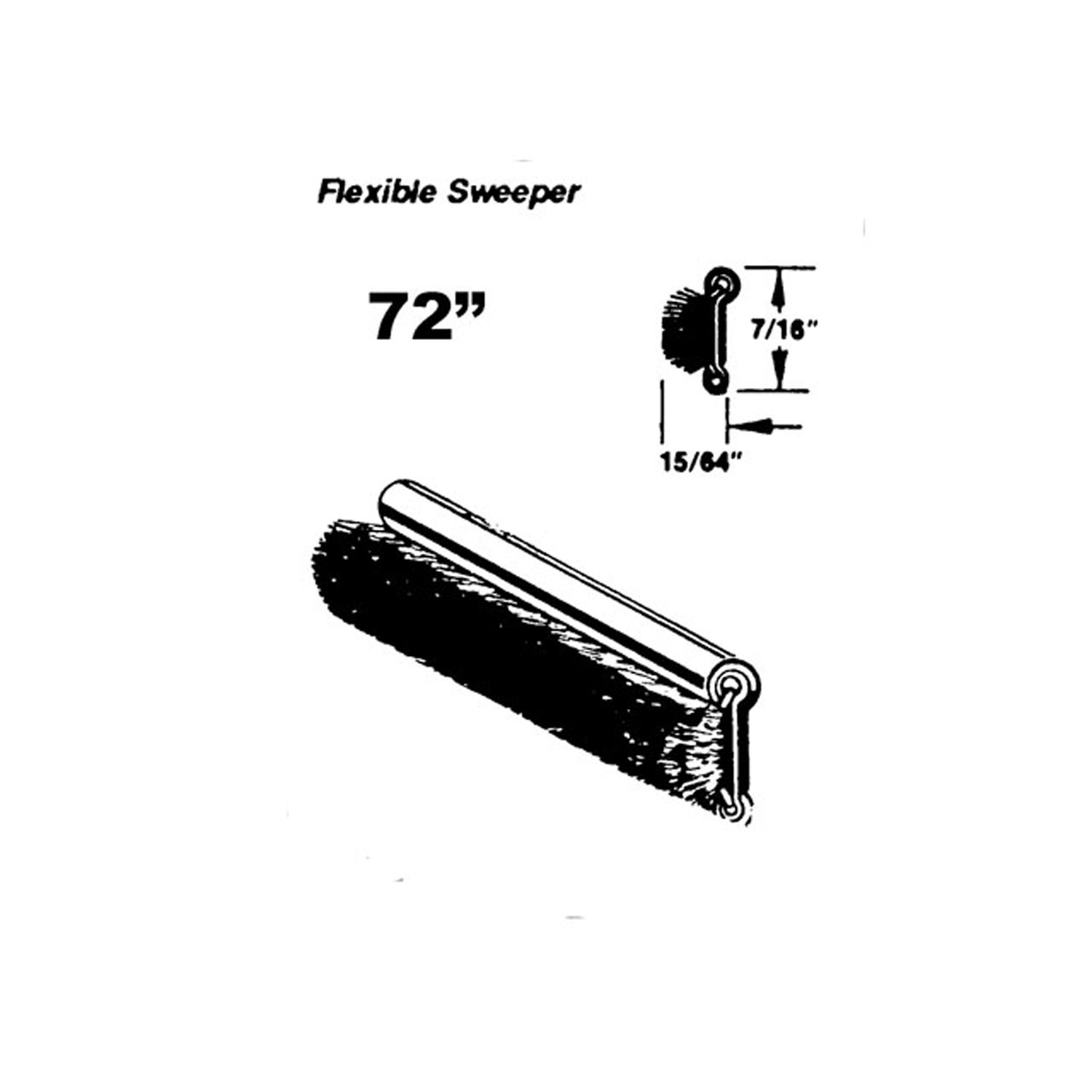 1939 Studebaker Champion Flexible sweeper. Made with stainless steel bead-WC 8-72Flexible sweeper. Made with stainless steel bead. Used on inner and outer beltlines. Also forms easily for use with sliding quarter windows. 72 in. long. Each. NOTE: $20 special shipping charge applies for domestic orders. Call or email for overseas shipping costs. Part can be sectioned into two equal lengths to reduce overseas shipping costs.
1939 Studebaker Champion Flexible sweeper. Made with stainless steel bead-WC 8-72Flexible sweeper. Made with stainless steel bead. Used on inner and outer beltlines. Also forms easily for use with sliding quarter windows. 72 in. long. Each. NOTE: $20 special shipping charge applies for domestic orders. Call or email for overseas shipping costs. Part can be sectioned into two equal lengths to reduce overseas shipping costs.Why Choose Metro?
For over 100 years, Metro Moulded Parts has been the pinnacle of quality in classic car restoration parts. Our commitment to precision and authenticity in every component ensures a perfect fit and an OEM-level appearance.
- Expert Craftsmanship & Quality: Each part is a testament to our dedication to reliability and perfection, crafted from original designs and thoroughly tested.
- Advanced Technology: We use cutting-edge techniques to create flawless, long-lasting parts that surpass others in performance.
- SuperSoft Sponge – The Ultimate Door Seal: Not only are our door seals 30% softer than competitors', but they're also guaranteed to never leak. They effectively reduce wind and road noise, enhancing your classic car's comfort and driving experience.
- Proudly American: Our parts are a product of American craftsmanship, made in the USA with a spirit of excellence and heritage.
- Unrivaled Warranty: We back our products with a 30-year industry-leading warranty, a testament to our confidence in their quality.
Join us in preserving the legacy of classic cars with parts that are crafted for perfection, not just made.

